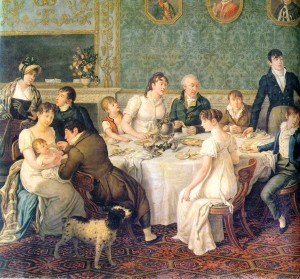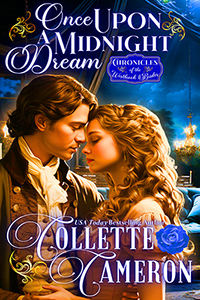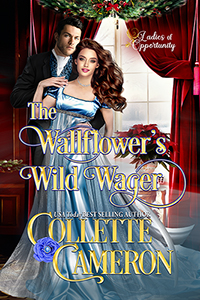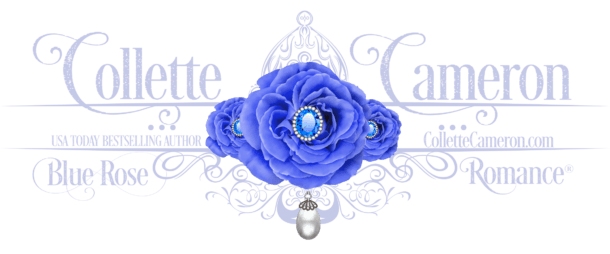Mini-Muse Monday-A Dab, a Dollop, or Drenched with Descriptions?
Last week we discussed if knowing too much about your favorite authors might not be such a good thing.
The quirky way my mind works, that pondering led me to think about other things that might be better if discretion were liberally applied. And that was a perfect segue to a discussion about descriptions in books.
At least in the twisty-turny way my mind works.
I confess, I tend to be a descriptive writer, especially in my earlier books. Personally, I like detailed prose as long as it helps sets the scene, puts me in the characters’ deep point of view, and moves the story along. If it slows the pace (becomes tedious), seems like an info dump, or pulls me out of the story, I’m likely to skip it.
The problem with fast-forwarding a few sentences or paragraphs (hopefully not pages) is sometimes there’s useful information interwoven within the descriptions. More often, though, that’s not the case. It’s just–as one reviewer called it–“all that filler stuff.”
Sometimes a scene has a lot going on (like the image above) but does the author need to describe everything?
How much is enough? Not enough? As always when it comes to novels, personal taste is a factor.
I’ve read books that seemed almost cryptic because of the lack of descriptions, and I’ll never forget a romance I read years ago where the author never did describe the heroine. It drove me nuts. I didn’t know what she looked like. Ever.
What’s your take on how much is enough and how much is too much description in a story?
I’m not talking about sexual content; we addressed that in an earlier post. I’m thinking overall descriptions; everything from settings, to clothing, to food, to…well, just about anything.









Thanks, Collette. I’m with you. I dig lots of description. Partly because I’m such a visual person. Partly because I believe authors should make the most of their settings.
And it’s a great way to convey character, situation, and mood. If, say, a historical romance heroine is wearing a gorgeous dress, but it’s ten years out of date—ah-ha! At once we know she’s in dire straits financially.
Or if she’s a woman of modest means but sports an extensive, up-to-date wardrobe, what’s the explanation? Maybe she’s a dressmaker. Or she’s got an income stream she doesn’t want anyone to know about.
I once read an ancient Irish narrative in which the author spent a thousand words describing the female protag’s clothing, ornaments, and hair. Okay, maybe that’s a little overboard, even for me. But apparently the amount of description considered desirable varies from age to age and culture to culture.
And today, in our world, the trend is toward minimal description, as little as possible. Which I don’t care for.
True, I can see why many readers prefer it. Never mind what the hero and heroine are wearing or what their surroundings look like. Readers want the author to go directly to the drama between these characters. And, of course, sex scenes.
And I bet a lot of writers are happy with minimalism. Just say the hero pulled up in a carriage. Don’t specify whether it’s a phaeton, a brougham, a hansom cab, or a surrey. That would require precious minutes of checking to find out whether that type of carriage was being used in that year, place, and social milieu.
And don’t even think about describing the paint, upholstery, or horses! Authors got deadlines, you know.
As for the “description is just filler” bit–well, it can be. If it merely pads out the word count or shows the author did her research, I don’t care for it. But if it’s relevant to the plot, characters, mood, and/or theme; if it furthers the author’s purpose—I’m all for it.
How much description? Enough to get the job done. I don’t want to set numerical limits on description. And I hope nobody else does.
I think more detailed descriptions are necessary at times, and others, it’s okay to not elaborate. I do hate stark, sterile writing that doesn’t have any descriptions. I mean, people don’t just talk. They see what’s around them too.
I love description, especially to show the setting–very helpful. I can understand if there’s too much or if it’s redundant. But there has to be some description. I guess there’s too much if it feels like it impedes the storyline.
I love descriptions when they truly put me in the setting.